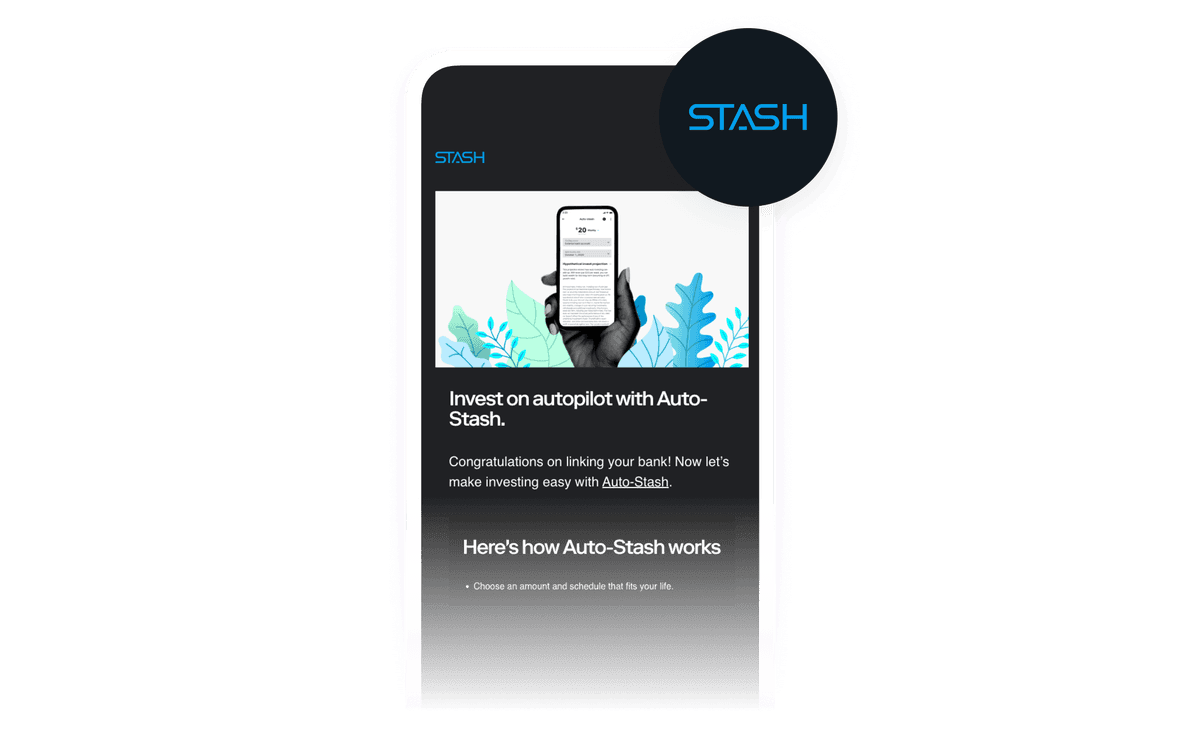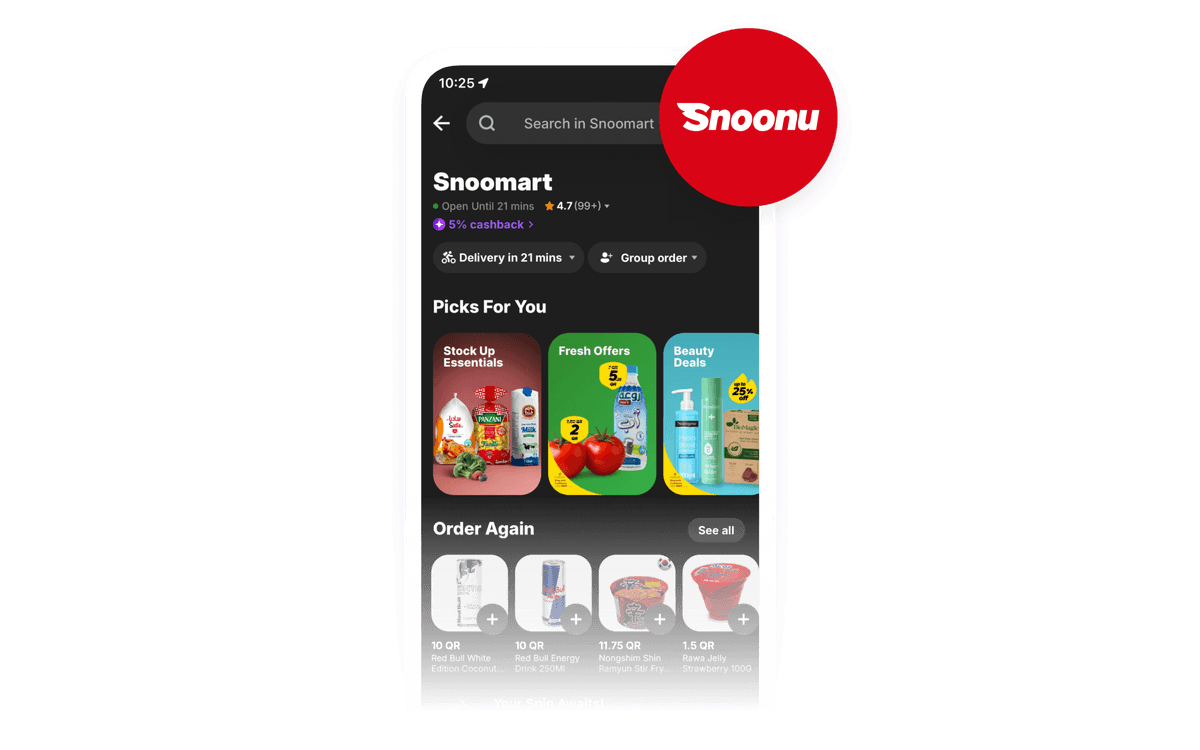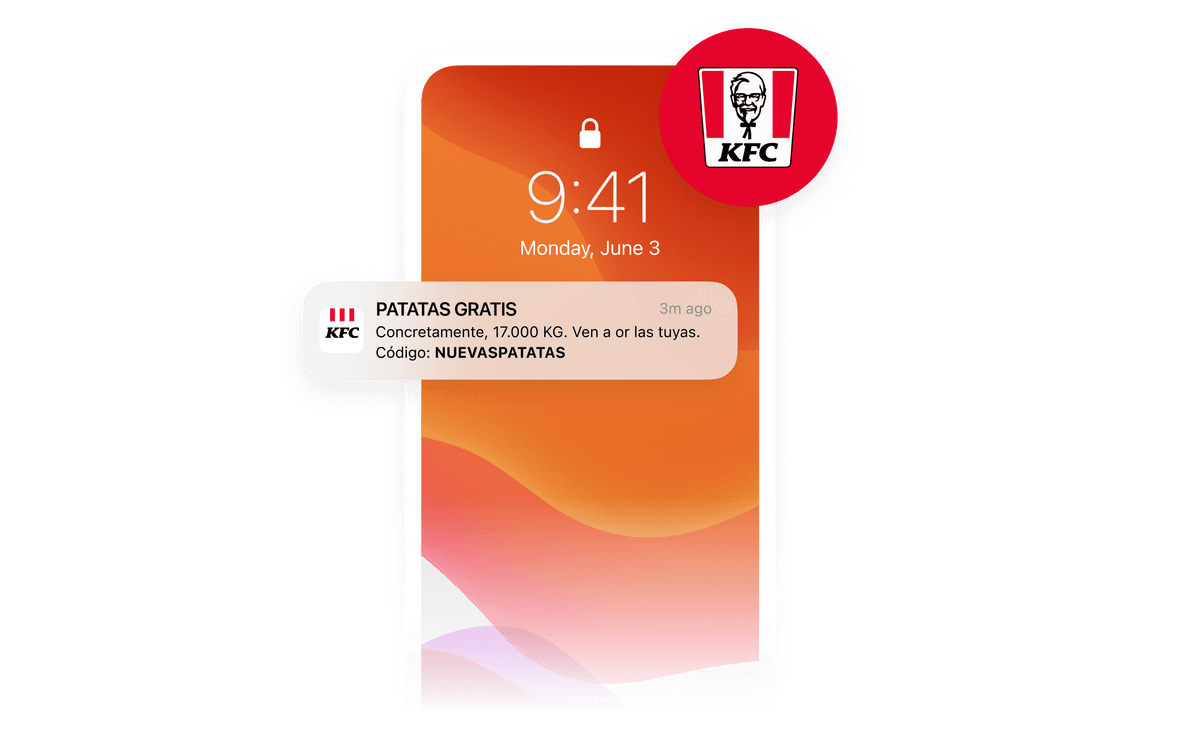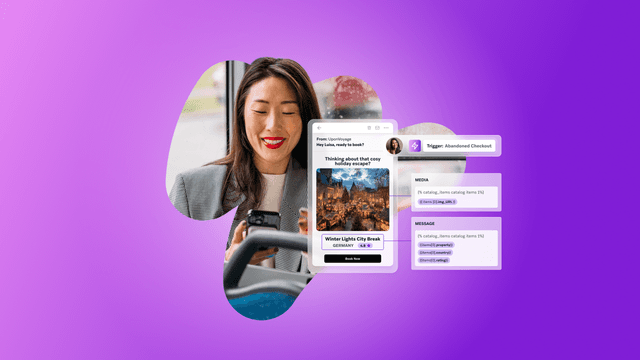Thought leadership, tips, and tricks for world-class customer engagement
Featured Stories

Blog9 min read
Designing digital omotenashi with Braze

Marlowe Geramanis

Taku Kakino

Yosuke Sato

Blog4 min read
Building better conversations: How Aeroflow Health leverages AI agents to evolve customer relationships

Nathaniel Rounds

Blog8 min read
Elevated customer engagement at scale: Transforming Black Friday and Cyber Monday with BrazeAIᵀᴹ
Jamie Doheny

Case Study5 min read
Stash drives long-term investing habits with sophisticated, personalized user onboarding

Case Study4 min read
Snoonu drives customer loyalty and repeat orders through a gamified shopping experience

Case Study5 min read
KFC Spain's bold customer engagement strategy turned critics into fans
SUBSCRIBE
Please select one option only and then submit your preference.Please enter your business email address.Be Absolutely Engaging.™
Sign up for regular updates from Braze.
Loading...
Explore more from the Resource Hub








